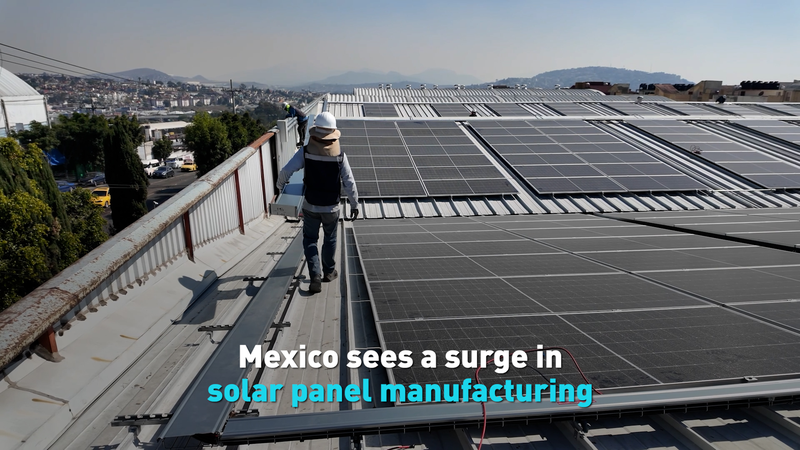Imagine data centers floating above our planet, powered by the endless beam of the Sun. That's the futuristic vision Jeff Bezos laid out at Italian Tech Week in Turin, where the Amazon founder predicted that gigawatt-scale data centers will orbit Earth within the next 10 to 20 years.
As demand for AI training clusters continues to surge, Earth-bound facilities are struggling with electricity and water needs to cool their servers. Bezos argues that space-based data centers harnessing 24/7 solar energy—with no clouds, rain or weather disruptions—could beat the cost of their terrestrial counterparts and usher in a new era of computing power.
"These giant training clusters, those will be better built in space, because we have solar power there, 24/7. There are no clouds and no rain, no weather," Bezos told Ferrari and Stellantis Chairman John Elkann in a public conversation. "We will be able to beat the cost of terrestrial data centers in space in the next couple of decades."
The concept isn't just science fiction. Tech giants are exploring orbital data centers to solve the twin challenges of rising energy consumption and resource constraints. With AI workloads consuming more power than ever, space-based solutions could offer a sustainable and scalable path forward.
Deploying data centers in orbit would require breakthroughs in launch costs, robotics and satellite maintenance. But with reusable rockets and in-space manufacturing on the horizon, the building blocks are falling into place. For young entrepreneurs, tech enthusiasts and global citizens, this vision highlights how innovation can redefine infrastructure and drive the next wave of digital transformation.
Whether you're a digital nomad dreaming of seamless cloud access or a thought leader tracking sustainable tech trends, Bezos's prediction invites us to rethink where—and how—we build the future of computing.
Reference(s):
cgtn.com




